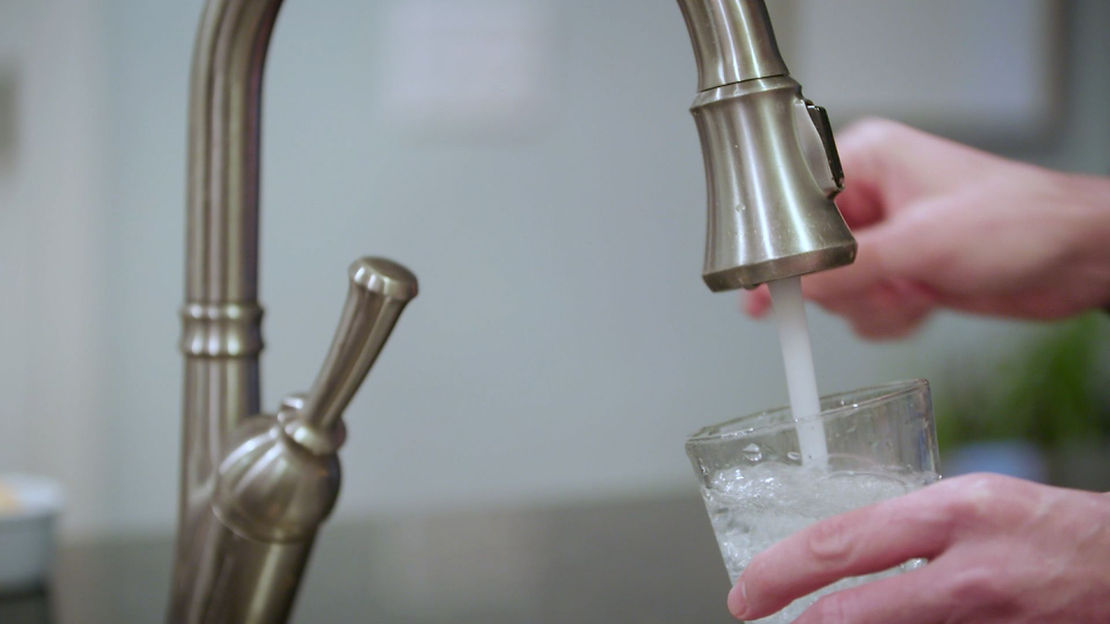By: Kyle Zhu
Per-and polyfluoroalkyl substances, commonly known as PFAS or “forever substance”, appears more likely to contaminate water sources in urban areas in Southern and Central California, as well as regions such as the Great Plains, Great Lakes and the Eastern Seaboard.
The infamous reputation of PFAS is due to its “eternal lasting time”, as it does not decompose naturally, and its usage in common items ranging from firefighting foam and fast food boxes to dental floss and period underwear. Although mainly ruled out in the current US industry, their everlasting lifespan pose concerns to American health safety. More than 98% of Americans have been found with PFAS in their bloodstream.
Research conducted shows exposure to high levels of PFAS can cause kidney and testicular cancer, liver, thyroid, reproductive, and potential immune system problems, birth defects and challenges, and irregular growth and immune system function due to the disruption in hormones caused by PFAS. The Environmental Protection Agency (EPA) suggests that even near-zero amounts of certain PFAS could cause deteriorating effects on the body.
EPA proposed in March to restrict limits of two common types of PFAS, PFOA and PFOS in drinking water to the lowest levels tests can detect. They also stated they were hoping to regulate 4 more. EPA said this would protect millions from potential exposure to the endocrine disrupting chemicals.
However, the US Geological Surveys found tap water levels containing PFOA and PFAS exceeding the restrictions. At least one PFAS chemical was found in 45% of the tap water, out of a survey of 269 private wells and 447public water supplies.
PFAS chemicals are much less likely to be found in rural areas compared to suburban or urban areas, with 75% chance not to be found versus a 25% chance not to be found in urban areas.
No water is safe. Not even bottled water (purified water). Although the reverse osmosis process reduces PFAS so that it contains less of the chemical than spring water or tap water, it still contains elevated numbers of the chemical. Alarming percentages of bottled water include elevated PFAS at over one nanogram per liter, including brands such as Perrier, La Croix, Canada Dry, Bubly, Deer Park, and Tourmaline Spring, etc.
What can you do to reduce the intake of PFAS? CNN suggests buying a reverse osmosis filter, checking the national database for your local water PFAS rate, stay away from PFAS manufactured products, and drinking clean water. *
Source:
*Full list of clean bottled water here. PFAS in Bottled Water: What You Need to Know – Water Treatment (purewaterblog.com)











